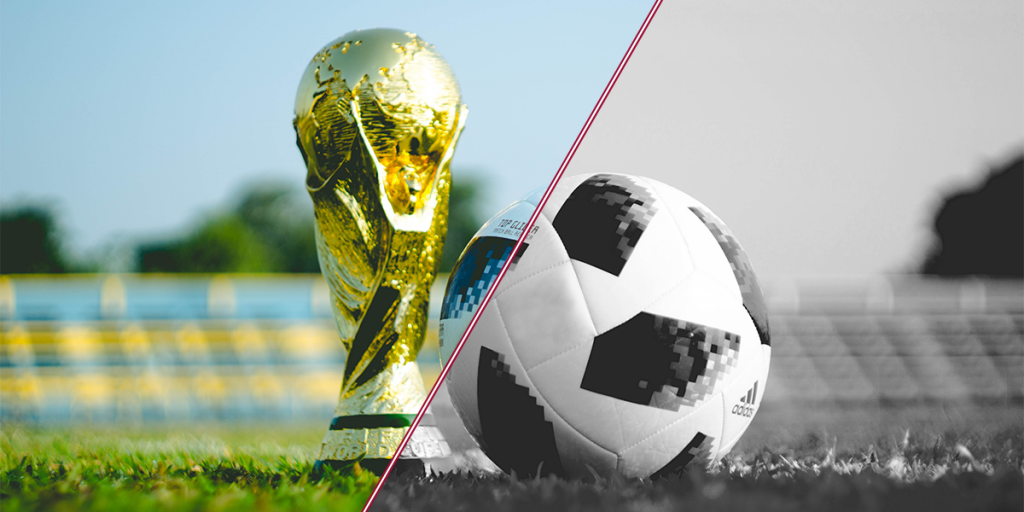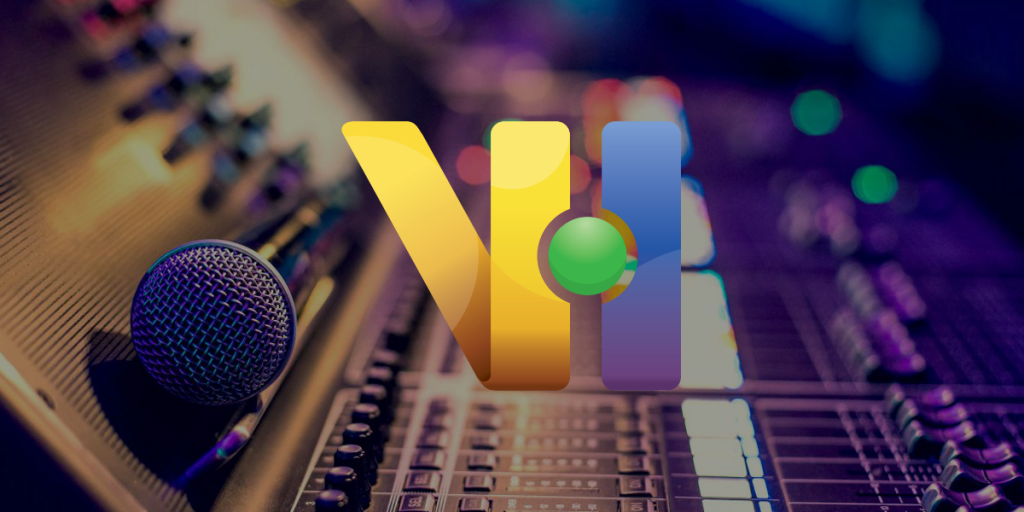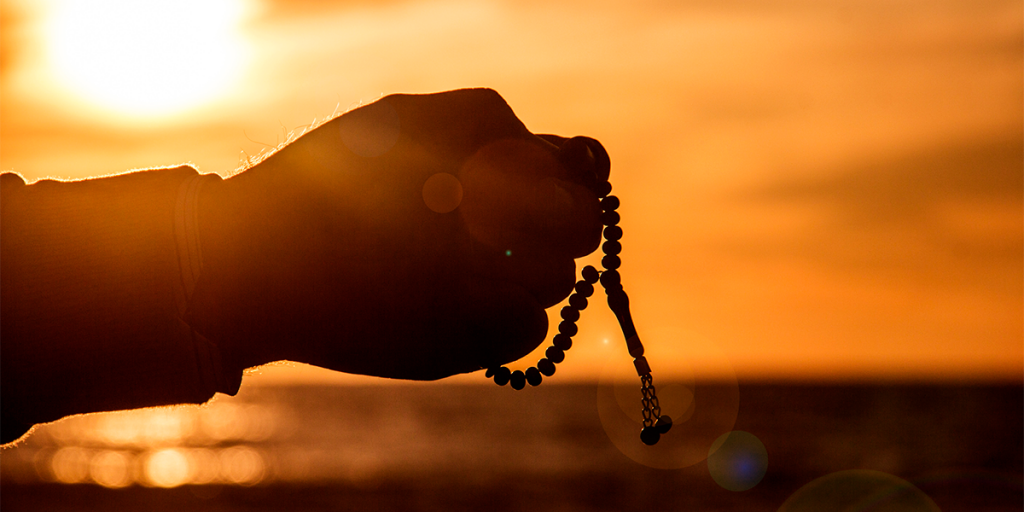Dealing With Lower Back Pain
Since graduating as an Osteopath in 1992 I have treated thousands of patients. Many have presented with the common issue of lower back pain (LBP).
Osteopathy is a manual form of treatment founded in the late 19th Century by Dr Andrew Taylor Still. 1 It is increasingly becoming the choice of treatment for all types of mechanical pain.
The current Osteopathic course takes four years to complete and students graduate with a masters in Osteopathy 2 and are able to enter private practice thereafter.
Aside from private practice I have also been teaching Osteopathy, as a clinic tutor, lecturer and final year examiner for over twenty-four years.
This has given me an excellent insight into mechanical back pain, its causes, its management and of course, its treatment.
Basic anatomy of the LB
The spine is made up of blocks of bone called Vertebrae. The delicate and highly complex Spinal Cord passes through the majority of the 33 vertebrae and at each of those points gives off nerves that pass to various parts of the body supplying electrical power and sensation.
The bony vertebrae provides protection to the delicate spinal cord, however, like the rest of our body, they are subject to degenerative change over time.
In between the vertebrae are discs. These discs are like small cushions which give the spine the ability to absorb shock throughout day to day physical stresses of life.
The vertebrae are connected by small joints and are bound by a significant number of ligamentous and muscular tissues 3
This intricate design is truly a marvel to behold and is, in itself, a sign of a divine creator.
Now that we have a basic understanding of the anatomy of the spine, chronic pain affects ‘Between one-third and one-half of the population of the UK’ 4 what are the reasons behind this? let’s have a look.
Common Causes of LBP
Essentially there are a number of things that can contribute to LBP: 5
Injuries, Degenerative conditions, Congenital issues
Neurological problems etc.
In my clinical experience, the most common is mechanical LBP. This is pain coming from a restriction of movement of the lumbar spine or sacroiliac (SI) joints associated with acute contracture of the surrounding musculature.
This causes limitation of movement, inflammation and therefore pain.
Some common diagnosis associated with LBP are:
Disc herniation: As mentioned earlier, the discs are designed to absorb shock. They have a gelatinous consistency, bounded by a covering. Rather like a balloon filled with jelly. Sometimes the ‘jelly’ can ooze out and cause pain by setting off inflammation or by pressing on the nearby nerve or even the spinal cord.
Often discs are damaged by combined loading and twisting movements. This can apply increased stress onto the disc and could lead to damaging it. Most common causes are bending forwards to lift a heavy object from the floor and then twisting at the same time e.g. lifting a child, heavy shopping, moving gardening pots…etc.
Sciatica: Often I see patients presenting with a diagnosis of sciatica.
Unfortunately, many people who come to see me with pain travelling down the leg have either been told or have self-diagnosed sciatica.
This can be incredibly painful but what is it?
As I explained earlier, the spinal cord gives off nerves, you could call them cables, that travel to muscles, tissues, organs etc.
The Sciatic nerve or trunk is made up of 5 nerves/cables coming from the lower lumbar and Sacral areas. These five cables come together to form the Sciatic nerve.
Anything that impinges or impacts the pathway of the nerve can lead to causing pain and sensation changes in the leg.
This can happen at the level of the spine from disc problems but more commonly from mechanical dysfunction of the Lumbar spine or pelvis, leading to the nerve becoming impinged as it travels into the leg. 6
Degeneration
Often people are told that the reason for their LBP is due to degeneration also called Osteoarthritis, wear and tear arthritis.
There is no doubt that significant degenerative change can cause localised stiffness and pain, however, this is not always the main reason.
Much of the pain associated with LBP of degenerative nature comes from the surrounding soft tissue i.e. the muscles. If these are treated correctly and appropriate management provided then the patient will be mostly pain free.
This is by no means an exhaustive list; however, it gives an idea of some of the key causative issues for LBP.
Treatment
If you are already in pain then I would suggest seeing a manual therapist. There are many different types of practitioners out there, Osteopaths, Chiropractors, Physiotherapists, Acupuncturists, Massage therapists etc.
Find someone with experience, at least a few years in practice. Ask people for a referral, whom do they see, whom do they recommend.
Of course, painkillers can be a temporary solution, however, I would suggest getting to the root of the issue and correcting it.
Rarely, surgery is warranted, especially in the case of conditions like Cauda Equina syndrome. 7
What can we do for ourselves?
The simple reality is that most LBP will self-resolve in a few weeks. However, the reason why this happens is that our bodies compensate for whatever problem we create for ourselves. As a result, over time, as we build up more compensations, we become more susceptible to pain occurring from the smallest of tasks.
This is one of the reasons why many of us complain of stiffness and aching in various parts of our bodies.
In my practice I encourage my patients to look after themselves, here are some basic tips.
- Exercise daily. This can be something simple like walking and some gentle mobilisation exercises of the spine. Our bodies are designed to move, however, many of us sit for most of the day in front of a screen or at a desk etc. This leads to shortening and weakening of our muscles, hence makes us prone to causing ourselves pain.
- Eat properly: Remember, we are what we eat. Quality meats, salads, fruits, vegetables etc. Hydrate relative to your activity; tea and coffee does not really contribute to good hydration.
- Get outside daily, meditate, pray, yoga etc…anything that raises our spiritual energy and contributes to lifting our mood is vital for good physical health.
- Have a yearly ‘MOT’ with your chosen practitioner.
Ultimately, even with treatments and great personal care regimes, all good health is in the hands of the creator.
So, I conclude with this message from the Muslim holy book, The Quran. It says: 8
‘And when I am ill, it is He Who restores me to health; (26:81)
Based on VOI show: https://soundcloud.com/voislam/sets/medical-matters
References
- Osteopathic Resource Centre: https://osteopathichistory.com/life-chronology
- European School of Osteopathy: https://www.eso.ac.uk
- Spine structure and function: https://my.clevelandclinic.org/health/articles/10040-spine-structure-and-function
- Prevalence of chronic pain in the UK: a systematic review and meta-analysis of population studies: https://bmjopen.bmj.com/content/6/6/e010364
- What can cause lower back pain: https://www.ninds.nih.gov/Disorders/Patient-Caregiver-Education/Fact-Sheets/Low-Back-Pain-Fact-Sheet#3102_3
- Teach Me Anatomy: The Sciatic Nerve: https://teachmeanatomy.info/lower-limb/nerves/sciatic-nerve/
- Lumbar decompression surgery: https://www.nhs.uk/conditions/lumbar-decompression-surgery/why-its-done/
- The Holy Quran: https://holyquran.site/health#1:1





